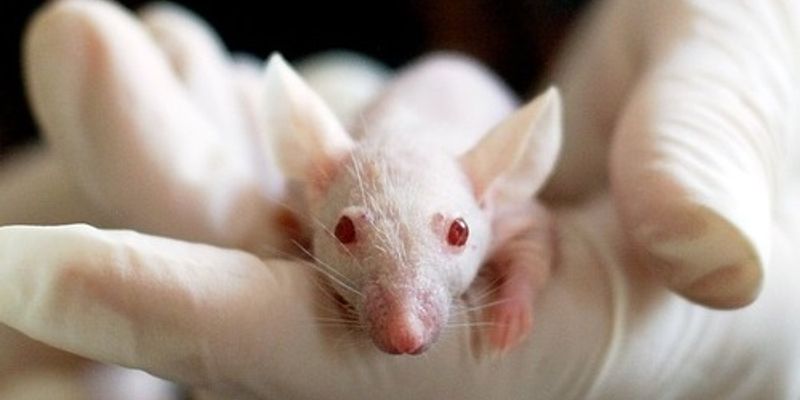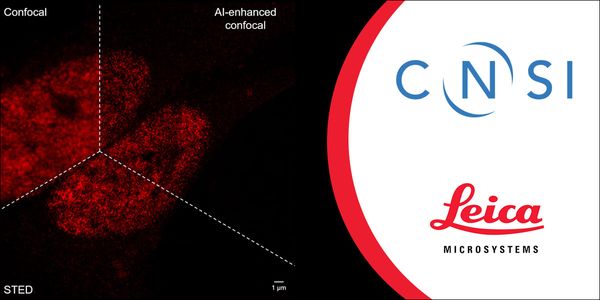Animal Sciences
Animal Sciences is the study of the biology of animals that are under the control of humankind. Focus is on the science and technology dealing with the procurement, breeding, care, health, and selection of animals used in biomedical research and testing. An animal scientist plays an important role in maintaining the nation's food supply. Many work in basic or applied research and development. Basic research seeks to understand the biological and chemical processes by which livestock grow. Applied research uses this knowledge to discover ways to improve the quality, quantity, and safety of agricultural products.
-
Background: The vast majority of all genes are contained within the genomes of the prokaryotes, including the eubacteria and the archaea. These largely single-cellular domains of life thus...Speaker: Garth Ehrlich, PhD, FAAAS
immunocompromised populations where the virus can cause systemic and even fatal infections. Indeed, we have shown that astrovirus infections are more prevalent than norovirus in our pediatric...
Speaker:
Stacey Schultz-Cherry, PhD
Presented at: Microbiology & Immunology Virtual Event Series 2019
Traditional pathogen detection methods rely on the identification of pathogens known to be associated with a particular syndrome. In many cases, it involves complex methodology, lengthy proce...
SEP 05, 2019 | 7:00 AM
DATE: September 5, 2019TIME: 7:00am PT, 10:00am ET, 4:00pm CEST PCR (Polymerase Chain Reaction) has gone through a massive evolution since its development in 1983. Besides it...
AUG 15, 2019 | 9:00 AM
DATE: August 15, 2019TIME: 9:00am PDT, 12:00pm EDT Radiation therapy is a critical tool for the treatment of brain tumors, however, exposure to high doses of ionizing radiation...
JUL 31, 2019 | 9:00 AM
DATE: July 31, 2019TIME: 9:00am PT, 12:00pm ET The choroid plexus, which makes up the blood-cerebrospinal fluid barrier in the central nervous system (CNS), lines the ventricle...
MAY 23, 2019 | 9:00 AM
DATE: May 23, 2019TIME: 9:00am PDT, 12:00pm EDT Although mesenchymal stem/stromal cells (MSCs) chondrogenic differentiation has been thoroughly investigated...
MAY 16, 2019 | 4:00 PM
DATE: May 16, 2019TIME: 7:00am PDT, 10:00am EDT, 4:00pm CEST The emergence of NGS is revolutionizing the microbiological sciences and transforming medicine. Deep sequencing has...
Over the past 25 years many advances in techniques have been incorporated into infectious disease research. From genetically modified animals to advances in basic techniques that improve res...
Tuberculosis has killed more than one billion people in the last 200 years. It is the oldest and the deadliest human pathogen, recently surpassing HIV. Its adaptation to host and drug pressur...
Point-of-care testing (POCT) is diagnostic testing at the time and place of patient care in a physician’s office, an ambulance, a mobile clinic, at home or in hospital. Rapid POC testi...
Speaker:
Krishnan Allampallam, PhD
, Paul Lambotte, PhD
“Emerging infections” are those that appear suddenly or are rapidly increasing in incidence or geographic range (e.g., HIV/AIDS, Ebola, SARS, Middle East Respiratory Syndrome [MER...
Speaker:
Stephen S. Morse, PhD, FAAM, F.A.C.E.
Presented at: Infectious Disease Virtual Event Series 2019
The Ebola virus disease outbreak in West Africa in 2014-2016 was the largest of its kind in history. This was the first outbreak that involved a randomized clinical trial for therapeutics, a...
























